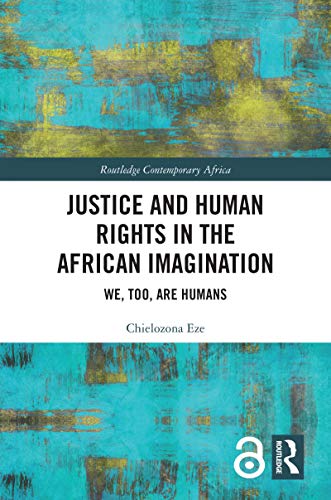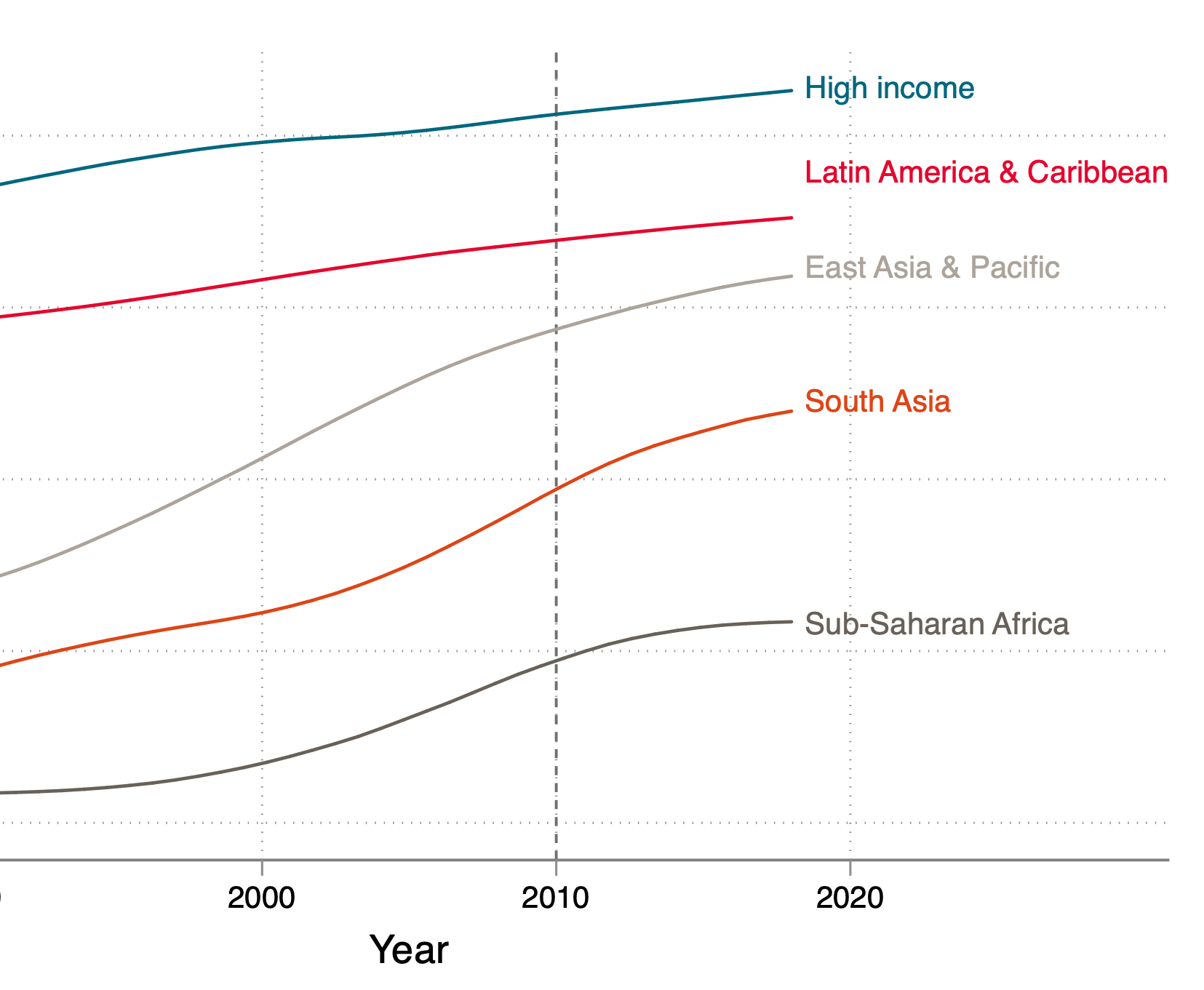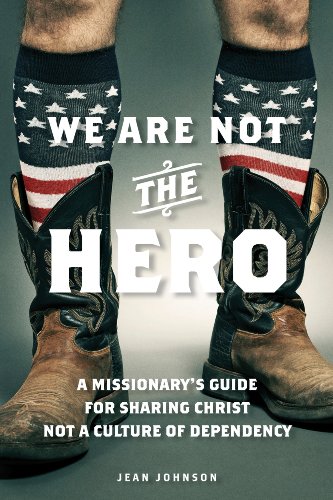Sublime
An inspiration engine for ideas
Justice and Human Rights in the African Imagination: We, Too, Are Humans (Routledge Contemporary Africa)
amazon.com
Reinhardt to collect stories of 'drowned towns' at public jamboree
boisestate.edu
🤑 Show me the money. August's Jobtech Alliance Newsletter
mailchi.mpor “present levels”)
Christopher Bugaj • The New Assistive Tech: Make Learning Awesome for All!
We Are Not the Hero: A Missionary’s Guide to Sharing Christ, Not a Culture of Dependency
amazon.com
Niet het opwarmende klimaat, maar extreme armoede veroorzaakt de grote problemen van vandaag. Zonder extreme armoede waren malaria, tbc en longziektes door het verstoken van biomassa allang de wereld uit. En dat geldt ook voor kindersterfte door gebrek aan schoon water, ongezonde voeding en een tekortschietende gezondheidszorg. Het lijkt erop dat
... See moreRalf Bodelier • Lang leve de mens (Dutch Edition)
the poverty alleviation initiatives used by many Christians are deeply rooted in false “metanarratives,” overarching accounts of the nature of God, of human beings, and of the world. Metanarratives lead to a “story of change,” an understanding of the goal of life and of how that goal can be achieved.